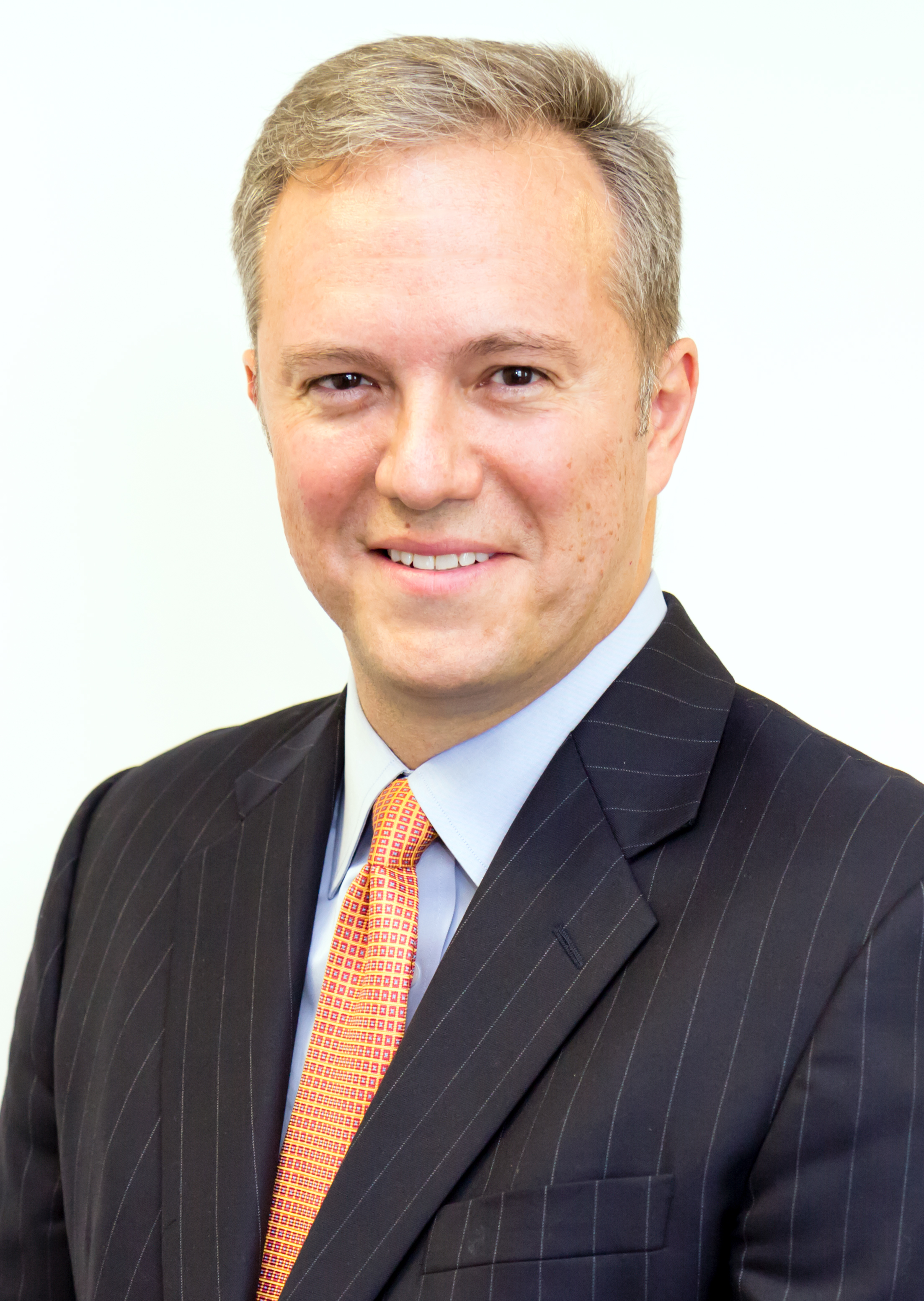Q&A with Andrew Russell, Director of Fixed-Income Investments
What does it take to become a responsible investor in today’s world? Do you think about making moral investment choices in ways that can impact the climate, our environment, or the way we utilize our natural resources?
Andrew Russell, Director of Fixed-Income Investments shares how investing in green bonds (bonds specifically earmarked to raise money for climate and environmental projects) are one way Pension Boards members can add their footprint to mitigate climate change.
Q: In your opinion, are investors becoming morally sensitive to issues concerning our planet and becoming better stewards?

Yes! Concerns about a healthy planet and climate change have been hot button issues for some time – and investors are now embracing these themes more fully. They’re looking for ways to help. Global fixed income investors’ interest in green bonds has been growing steadily over the past several years. Studies by the Climate Bond Initiative show that roughly half of institutional asset owners are now investing in green bonds!
Q: How are investors factoring the environment into their investment portfolios? How are these decisions playing out in the financial markets in terms of performance and returns?
Many institutional investors such as pension funds, as well as retail investors and mutual funds, have been eager to learn about green bonds and investor interest has risen. So far this year $85 billion of newly issued green bonds have been sold to investors. You know, green bonds are no different than non-green bonds in that they have a specific issuer, a coupon rate, a maturity date, and a credit rating. It’s the use of proceeds from the bond issuance that is used to finance a green project that makes a green bond green. So far green bonds have been performing in line with their non-green counterparts with similar risk metrics. The bonus - green bonds are impactful with no additional risk.
Q: How much of the Pension Boards internally managed fixed-income assets are now sustainable?
$268 million of the Pension Boards internally managed fixed income investments are sustainable. That’s 36% of the internal total and it is roughly evenly split between green and social bonds.
Q: How does buying green bonds help the climate? How does owning these bonds help the Pension Boards?
When an investor purchases a green bond, he or she is effectively making a loan to the issuer of the bond. In the case of green bonds, the money raised from the bond issuance is used specifically to finance or refinance projects that are environmentally friendly in some way, such as providing loans for consumers to buy hybrid or electric cars. Investing in green bonds helps the Pension Boards do its part on behalf of its members in the global effort to raise capital to address climate change.
Q: What is the Pension Boards’ approach to green bond investing? Are their yields and/or returns different from bonds that aren’t green?
The Pension Boards utilizes a 3-pronged approach to sustainable investing: 1.) Follow the Pension Boards’ Faith & Finance Policy, 2.) Adhere to the Green and Social Bond Principles, and 3.) Incorporate the framework created by the United Nations Sustainable Development Goals. The implementation of this approach is thematic. Green bond yields and returns, so far, have not proved to be that different from non-green bonds with similar risk characteristics.
Q: Can you offer some examples of the types and variety of green bonds available and tell us how they support the Pension Boards’ Faith and Finance mission?
Green bonds support a variety of impactful purposes. Renewable energy, energy efficiency, and green buildings along with low carbon transport and waste management are the largest when broken down by category. The Pension Boards’ Faith and Finance mission is to achieve a double bottom line when investing, meaning to do well regarding an investment’s return but also to do good for society. Providing capital to help address climate change issues supports the Pension Boards’ Faith and Finance mission. Among our green bond investments is Owens Corning, which issued its first green bond ever last year and committed to spending $450 million on sustainability projects related to renewable energy and energy efficiency. Another is LG Chemicals which uses proceeds from their green bonds to supply electric vehicle battery orders. Eversource Energy manages the number-one ranked energy efficiency program in the nation as recognized by advocacy organizations including the Coalition for Environmentally Responsible Economies (Ceres) and the American Council for Energy-Efficient Economy. Mid-American Energy provides more than half of Iowa’s customers’ annual energy needs with renewable energy – generated by wind farms. The proceeds from Pepsi’s green bond issuance fund projects that purchase compostable, biodegradable, and/or recyclable material for use in product packaging.
Q: How can Pension Boards members know they are investing responsibly or in the right funds?
Members can rest assured that each of the Pension Boards’ funds that invest in fixed income own in some way green and social bonds. These include all five TAD Funds, the Balanced Fund, the Bond Fund, the Stable Value Fund, as well as both the participating and basic annuity.

Andrew Russell is Director of Fixed-Income Investments and a member of the Investment Team at the Pension Boards-United Church of Christ. He leads a team of investment professionals who are responsible for all internally managed fixed-income investments.
